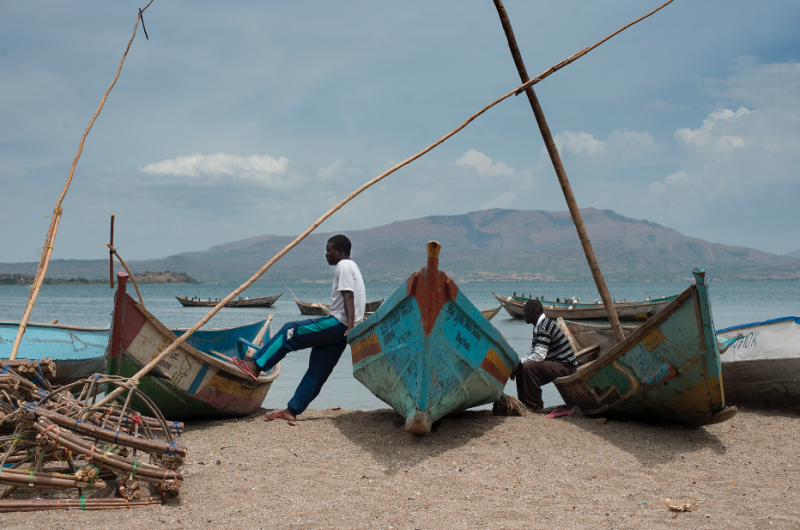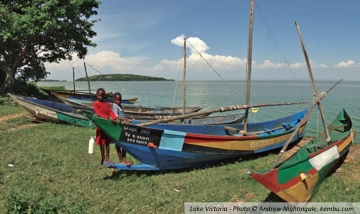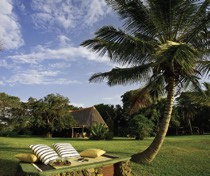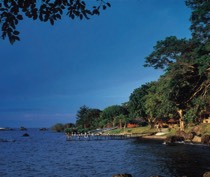Spotlight on Kisumu
This temperate town on the shores of Lake Victoria might appear sleepy at first, but when I stayed a few days, its character won my heart.

The lake that stretches out before Kisumu is one of the African Great Lakes. It holds the honour of being Africa’s largest lake, the world’s largest tropical lake and the world’s second largest freshwater lake. In terms of numbers, the lake has a surface area of about 68,800km2 and contains about 2,750km3 of water. Statistics apart, the lake is a huge expanse of water flowing towards the horizon; from Kisumu there’s no sign of the other shores, making it seem more a sea than a lake.
This seaside feeling immerses the town, augmented by the tropical flora and balmy weather. Several resorts lie along the banks of the lake, offering beaches, basking and boat trips. The lake is home to a high number of Nile crocodiles and several species of turtles including African helmeted turtles, variable mud turtles and Williams’ mud turtles. Five hundred species of haplochromine cichlids are found here, most of them endemic and some even now without official names. Catfish, eels, crabs and freshwater snails are also found here, but the most popular fish – at least with the local population, that is – are the tilapia and Nile perch. Indeed, the people of Kisumu eat these in such large quantities that several species of non-native tilapia and Nile perch were introduced (with detrimental affect on the lake and its resident species). It’s these that are caught by Kisumu’s fishermen and crafted by Kisumu’s cooks into the city’s most popular dishes. Traditionally the fish here were spiced with osuga – black nightshade – but there are now many varieties and flavours, and Kisumu’s fish dishes are famed across Kenya.
The village of Dunga is a popular spot from which to enjoy the lake. Once a simple fishing port, this area is now much admired by visitors to the town, and offers boat trips, bird watching, hippo spotting and searing sunsets over the lake.
Dunga Beach and Wetlands has a diverse papyrus wetland ecosystem which the local community is keen to protect. The Dunga Beach Pedagogical Centre, led by the community, promotes eco-cultural tourism, supports conservation and improves the livelihoods of the people.
Not far along the banks of the lake, the Kisumu Impala Sanctuary is one of Kenya’s smallest wildlife reserves, measuring less that 1km2. It is home not only to impala but to a variety of reptiles and birds, and hippos lumber out of the lake at night to graze here.
Kit Mikayi, nearly 30km from Kisumu, is known as the weeping rock. The pile of rocks appears to be a woman bowed beneath a heavy load; legends assert she has been weeping since her husband took a second wife. The religious group Legio Maria – Legion of Mary – to which many of the Luo people adhere, come often to the rock to pray.
To experience Kisumu like a local, first head for the Maasai Market and Art Market and browse the creative local artefacts, then grab a ride to Lwangni Beach or Tilapia Beach where rows of beachfront stalls grill fish fresh from the lake. Fill your stomach with these local delicacies and later – if you dare – head into town for a taste of Kisumu’s vibrant nightlife: current favourites include Baccadia, Buccaneers, Samba Marina, Da Place, Vimba, Area 51 and Signature.
Tamara Britten, 30 April 2021
Published also in: The Link: Safarilink's inflight magazine
About the region
Western Kenya

Mountainous and fertile Western Kenya is blanketed in lush green plantations of famed Kenyan tea. At its western edge, the region meets Lake Victoria, the source of the Nile. Other highlights include Mt Elgon, Kakamega Forest National Reserve, Ruma National Park, Saiwa Swamp National Park, Cherangani Hills and Kerio Valley.
Read more about Western KenyaWhere to stay
Imperial Hotel offers luxury accommodation in the heart of Kisumu. The imposing white building surrounds a leafy central courtyard and swimming pool. There are 70 en-suite rooms. The standard rooms have twin beds, and are equipped with armchairs, coffee table, desk, electronic safe and telephone. The ...
Rusinga Island was catapulted into the news in 1948 when Louis and Mary Leakey announced the discovery of the Proconsul skull and other 18-million-year-old fossils. Rusinga regularly hosts a team from the American Museum of Natural History who continue this work and give personal guided tours ...
In the late 19th century, explorers such as Speke and Burton trekked through treacherous and unmapped lands in search of the source of the Nile, and finally settled on Lake Victoria. The traditional villages and bright fishing boats on the lake have changed little since ...


